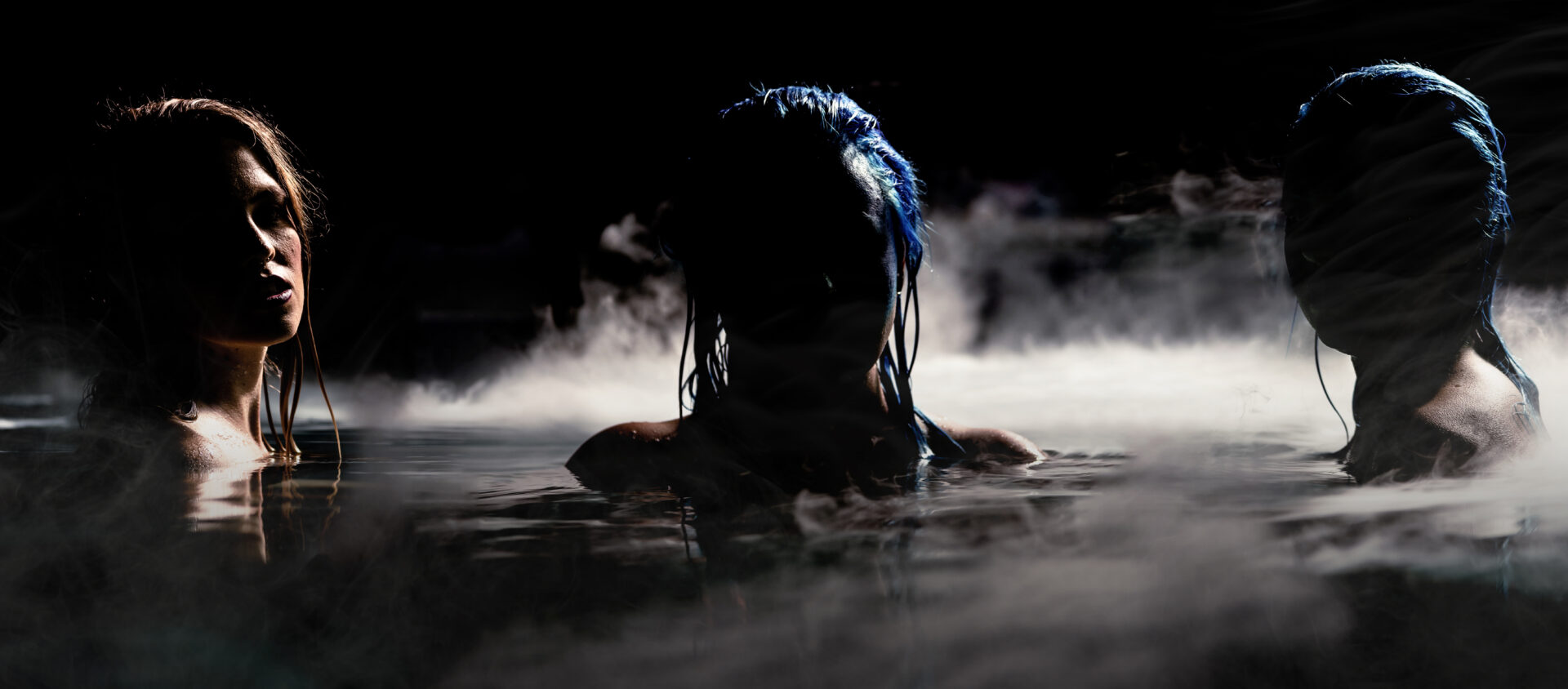Mermaids have never gone out of style. From Ariel in The Little Mermaid to Daryl Hannah’s iconic performance of Madison in Splash, these amphibious beauties have captivated people of all ages for thousands of years. Yet everything from literature dating back centuries to recent films like The Lure and The Lighthouse, and even hit television shows like Siren, depict something sinister lurking underneath the mermaid’s beautiful façade. Is it all part of their allure?
Mermaids have long been associated with tales of both seduction and disaster on the open sea. In Greek mythology, they enticed sailors into troubled waters with their enchanting beauty, just like the otherworldly sirens of similar lore. Even the earliest mermaid tale told a dark and tragic story of how the Mesopotamian goddess Atargatis fell in love with a mere mortal but then accidentally killed him. In her grief, she tried to commit suicide by jumping into the sea, but her beauty was so majestic that she was transformed into a mermaid.
In medieval bestiaries, mermaids and their actions are intertwined with those of sirens. They were portrayed as half-women, half-sea creatures who lured sailors to sleep and then violently murdered them. Mermaids later appeared in the Carta Marina, a seminal map crafted by 16th century writer and cartographer, Olaus Magnus. Magnus portrayed them as beautiful femme fatales who led unwitting men to meet untimely death and destruction.
Their murderous reputation continued throughout the ages and into modern day. While Hans Christian Andersen’s The Little Mermaid ultimately has a happy ending, Ariel was meant to kill her handsome prince and let his blood drip on her feet to restore her tail. Fast forward to the 21st century and mermaids are still often portrayed as an immense threat. In Pirates of the Caribbean: On Stranger Tides, mermaids seduce and attack Blackbeard’s crew, brutally slaughtering the pirates until Jack Sparrow creates an explosion to scare them away.
There are still “sightings” every few years, despite the skepticism surrounding their existence. In 2009, dozens reported a mermaid leaping out of the water in Kiryat Yam, a town in the Haifa Bay district of Israel. The government offered a $1 million reward for a photograph of the creature. In 2012, Zimbabwean workers were scared off by mermaids while performing maintenance work on reservoirs. Religious rituals were performed at the site and a batch of traditional beer was brewed to appease the mermaids. It is believed that their efforts worked, as the drunken mermaids left them to finish their work.
Is it their sheer dangerousness that makes mermaids so alluring? Is it a desire to stare into the face of danger or simply to prove the existence of these ethereal creatures who have evaded capture for centuries? Either way, the mythos of mermaids remains firmly embedded in our culture. From their prevalence on everything from Starbucks’ cups to their stream of appearances across genres and mediums throughout history, these ethereal creatures will continue to enchant children—and frighten superstitious men.

Leave a Reply